Everest Base Camp: The Ultimate Guide to Trekking the World’s Highest Peaks

Everest Base Camp: The Ultimate Guide to Trekking the World’s Highest Peaks
Everest Base Camp: The Ultimate Guide to Trekking the World’s Highest Peaks
Journey to the top of the world on an unforgettable trek to Everest Base Camp. Nestled amidst the towering peaks of the Himalayas, this adventure is not just a trek; it’s a journey of self-discovery and a test of endurance, attracting thousands of passionate trekkers and adventurers from around the globe every year. Whether you’re an experienced mountaineer or a dedicated novice, trekking to Everest Base Camp (EBC) offers a unique challenge with the reward of spectacular vistas and profound personal achievements. This comprehensive guide provides everything you need to know to make your expedition a success, from preparation tips to the detailed day-by-day trekking itinerary.
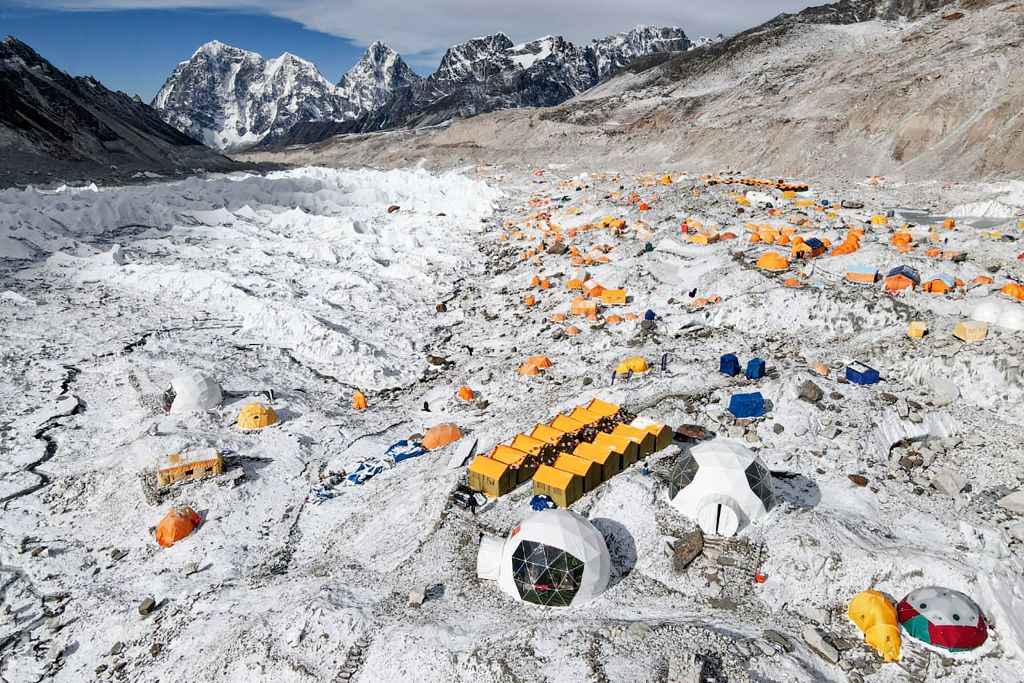
Why Trek to Everest Base Camp?
Everest Base Camp has become a symbol of adventure and exploration, sitting at an altitude of 5,364 meters (17,598 feet). The trek not only offers a close-up view of the world’s highest peak, Mount Everest, but also immerses you in the vibrant culture of the Sherpa people, providing a window into their rich heritage and traditions. Along the way, you’ll witness breathtaking landscapes, from lush valleys and dense forests to glacial moraines and towering icefalls, making it a photographer’s paradise and a nature lover’s dream.
Preparing for the Trek
Physical Fitness:
The trek to EBC is demanding. It requires good cardiovascular fitness, strength, and endurance. Begin your training at least six months in advance, focusing on cardio exercises, strength training, and long hikes, preferably on uneven terrain to simulate the conditions you will face on the trek.
Gear and Equipment:
Packing the right gear is crucial for your comfort and success on the trek. Essential items include:
- High-quality hiking boots
- Thermal clothing for layering
- A warm, insulated jacket
- A waterproof and windproof jacket
- A sleeping bag rated for at least -10 degrees Celsius
- A comfortable and sturdy backpack
- Sunglasses and sunscreen for high-altitude UV protection
- Headlamps, trekking poles, and water purification tablets
Travel Insurance:
Ensure your travel insurance covers high-altitude trekking up to 6,000 meters, including medical evacuation and hospital stays.
Permits:
You will need a TIMS (Trekkers’ Information Management System) card and a Sagarmatha National Park entry permit. These can be arranged by your trekking company or through the Nepal Tourism Board in Kathmandu.
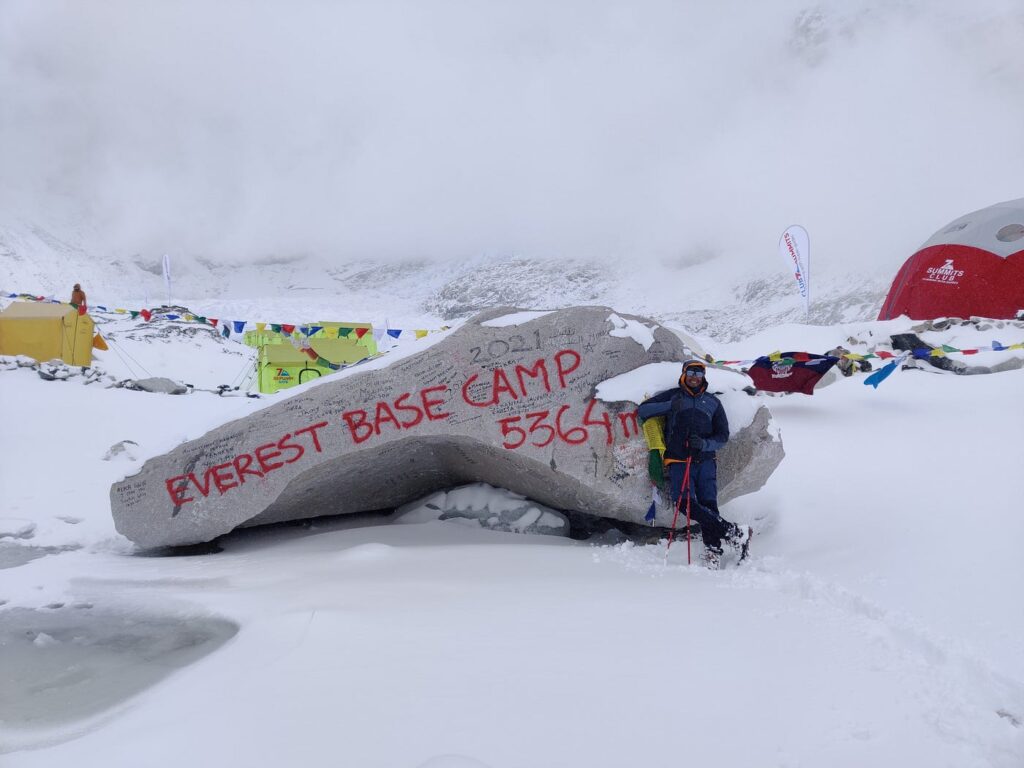
The Trekking Experience
Route and Itinerary:
The classic EBC trek usually starts with a flight from Kathmandu to Lukla, followed by approximately 12 days of trekking. The typical route includes stops in Phakding, Namche Bazaar, Tengboche, Dingboche, Lobuche, and Gorak Shep before reaching Everest Base Camp. Each stop allows trekkers to acclimatize to the high altitude while enjoying local hospitality and stunning scenery.
Key Highlights:
- Namche Bazaar: Often referred to as the gateway to the high Himalayas, this bustling town offers a range of amenities, including cafes, shops, and even a small museum. It’s a great place to acclimatize and soak in the breathtaking views of surrounding peaks.
- Tengboche Monastery: Visit this spiritual site where you can participate in a Buddhist ceremony with the monks — an uplifting experience amidst the serene mountains.
- Kala Patthar: While not part of every itinerary, a climb to Kala Patthar offers the best panoramic views of Mount Everest, especially at sunrise or sunset.
Sustainable Trekking Practices
Sustainable travel is crucial in preserving the natural and cultural beauty of the Everest region. Practice “Leave No Trace” principles, respect local customs and traditions, and consider engaging with community-based tourism initiatives that benefit local Sherpa communities.
Post-Trek Recovery and Reflection
After completing your trek, allow a few days for rest and recovery in Kathmandu or the tranquil lakeside city of Pokhara. Reflect on your journey, visit local attractions, or simply relax and rejuvenate your body and mind.
Conclusion
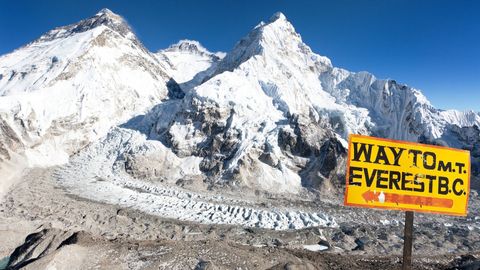
Trekking to Everest Base Camp is more than just a physical challenge; it’s an adventure that touches every aspect of your being — physically, mentally, and emotionally. It offers a profound sense of accomplishment and provides lasting memories of breathtaking landscapes and inspiring human connections. With the right preparation, respect for nature and local cultures, and a spirit of adventure, your trek to Everest Base Camp could be the journey of a lifetime. Prepare to be transformed, for this is not just a trek; it’s a pilgrimage to the very spirit of the mountains themselves.

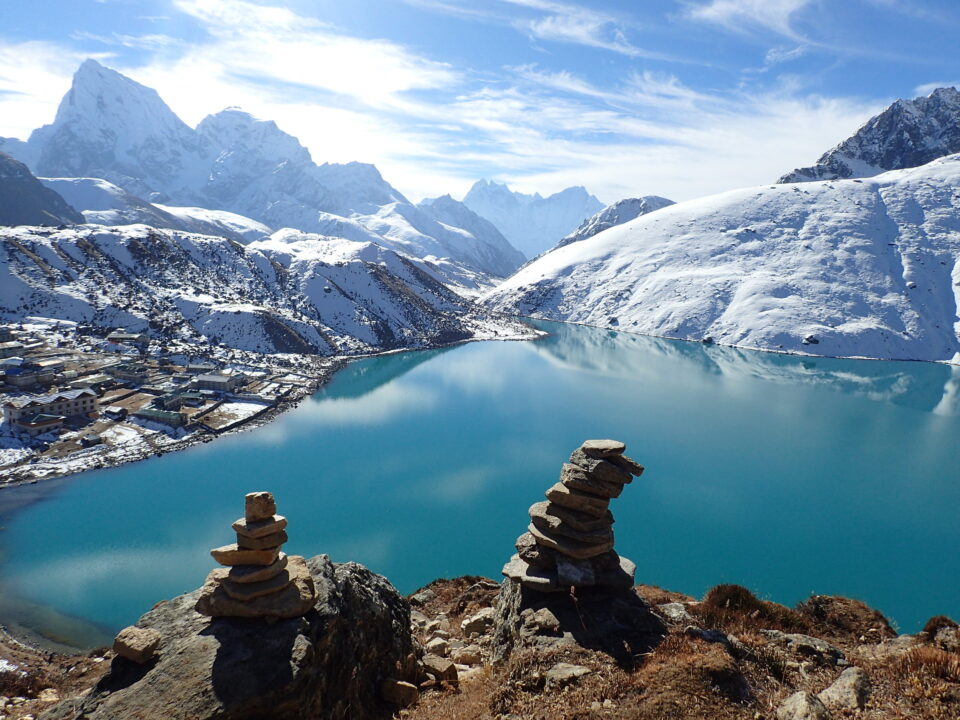
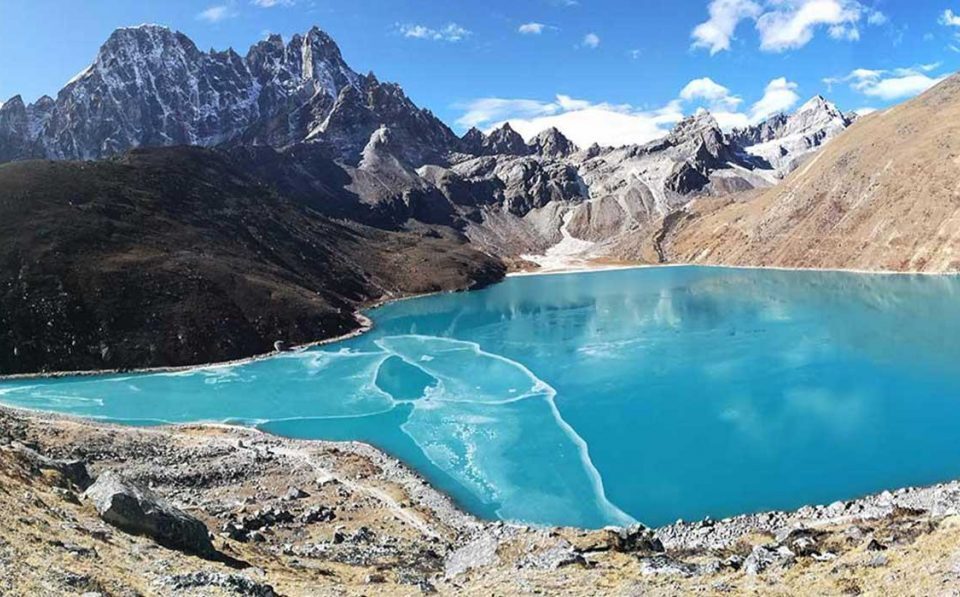

4 Comments
[…] in the tranquil shadows of the popular Langtang and Everest treks, Sailung is nothing short of an undiscovered gem. It grants you not only the thrilling challenge of […]
[…] Everest Base Camp: The Ultimate Guide to Trekking the World’s Highest Peaks […]
[…] likely heard of Nepal, the land of Himalayas. But let me take you beyond Everest. Inside Nepal, hidden in the far western region, lies the undiscovered gem that is the Khaptad […]
[…] Everest Base Camp: The Ultimate Guide to Trekking the World’s Highest Peaks […]